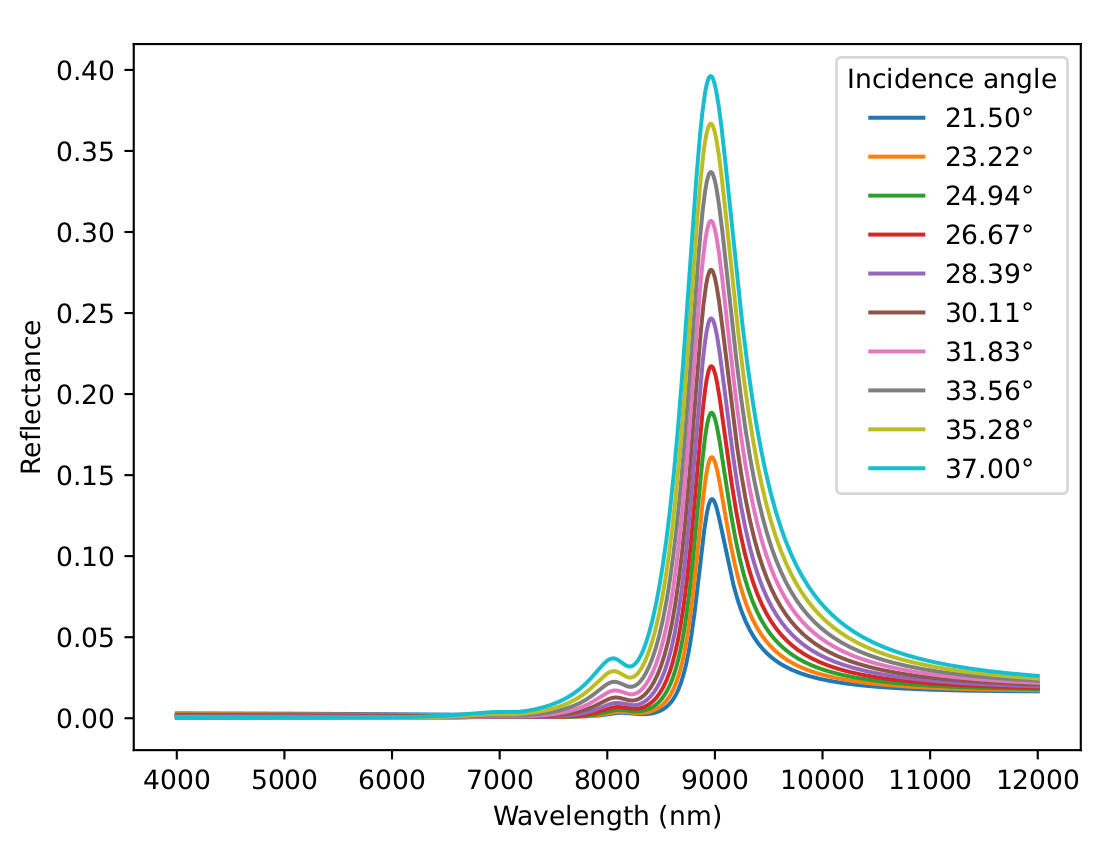How forces exerted by external fields on adatoms lead to the collective motion of 2D nanostructures
Denis Langevin1, Thierry Taliercio2, Émilie Sakat2, Jean-Paul Hugonin3, Antoine Moreau1
1Université Clermont Auvergne, CNRS, Institut Pascal, Clermont-Ferrand, France
2Université Paris Saclay, Center for Nanoscience and Nanotechnology, C2N UMR9001, CNRS, Palaiseau, France
2Université Paris-Saclay, Institut d'Optique Graduate School, CNRS, Laboratoire Charles Fabry, Palaiseau, France
"The optical response of highly n-doped semiconductors is essentially dictated by the response of the free electron gas, which can usually be accurately described using a simple Drude model. In such an approach, the interaction between the electrons inside the gas is neglected, which amounts to considering only the transverse waves inside the semiconductor. However, a gas of electrons also contains plasmons (commonly known as bulk-plamons), longitudinal waves similar to sound, which were studied by Tonks and Langmuir at the beginning of the 20th century. The repulsion between electrons on the scale of their typical mean free path must be taken into account to describe these waves, which implies a spatially dispersive (also known as non-local) description of the optical response of the semiconductor.
In this submission, we study theoretically and numerically how cavity resonances for plasmons can be observed in doped semiconductors. The theoretical study provides new physical insights to better understand the characteristics of these resonances, in particular the dispersive behavior of the beta factor controlling the interaction strength between the electrons. In this way, Ferrell resonances, the oscillation of the entire electron gas parallel to the direction of light propagation, are better represented as the limiting case of plasmonic resonances for a negligible beta factor.
We also present new developments in the PyMoosh multilayer simulation library, which now includes a complete description, simulation and fitting of spatially dispersive behaviour. PyMoosh is a user-friendly, open-source Python library focused on optical and, more generally, electromagnetic simulation of multilayer structures, with numerous tutorials in the form of ready-to-use Jupyter Notebooks for most use cases.
Finally, using advanced optimization techniques, we show that experimental spectra exhibiting plasmonic resonances can be perfectly reproduced using PyMoosh, providing important information about the underlying physics, in particular the contribution of second viscosity to the hydrodynamic model."

Dependence of the reflectance spectrum with respect to the incidence angle for a 70 nm thick InAsSb, exhibiting a clear spatially dispersive behaviour

